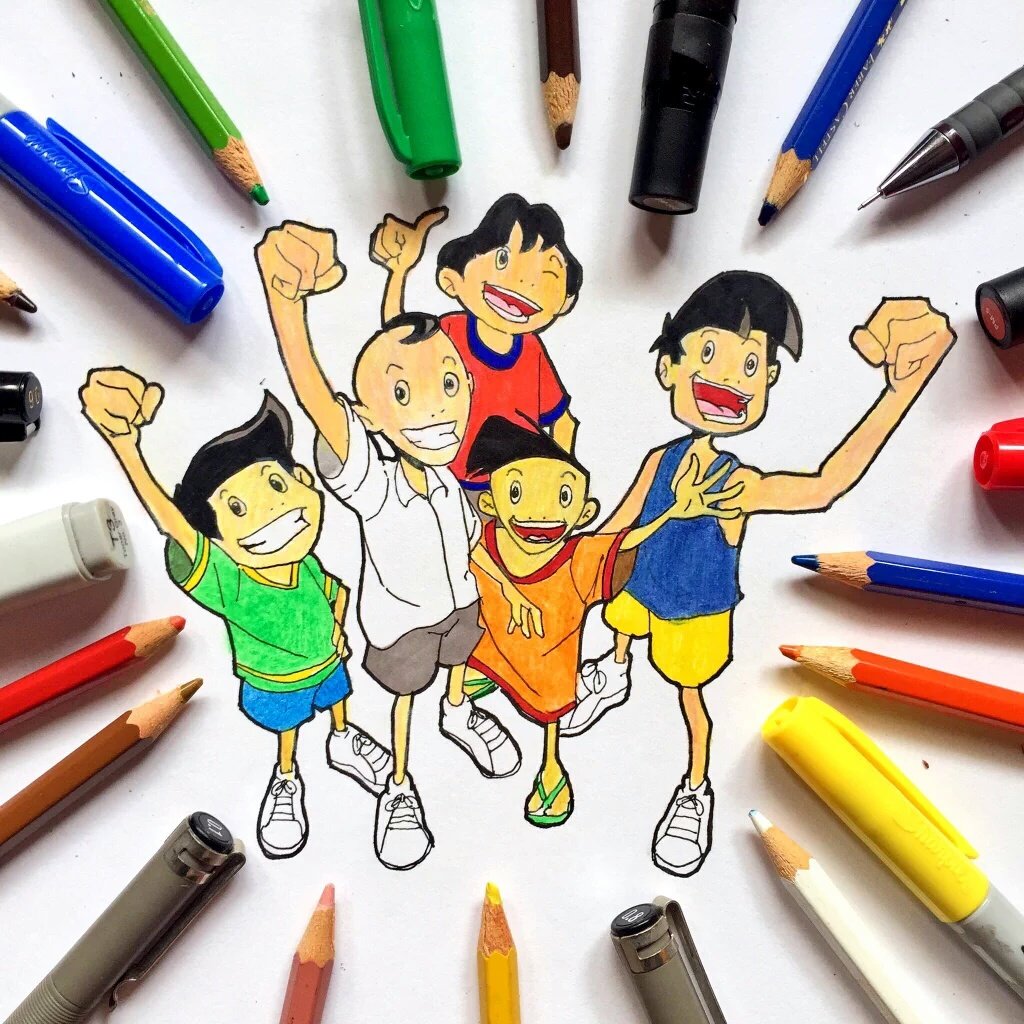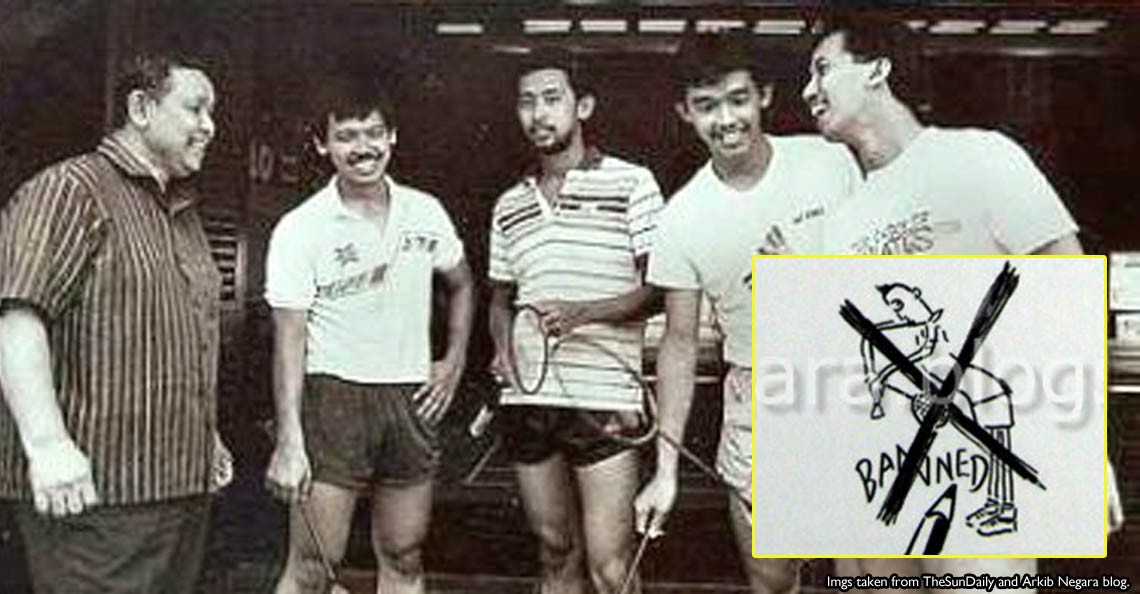If you had grown up in the 90s in Malaysia, chances are you recognize this cartoon is high.

SosCili online portal reported that in case you don’t, it’s called the ‘Anak-Anak Sidek‘ (literally the Sons of Sidek), and it was based on a comic book series of the same name. which in turn was based on a very real Malaysian family.
It basically tells the story of how Haji Sidek Abdullah Kamar trained his five boys named Misbun, Jalani, Razif, Rahman and Rasyid to each become great badminton players in their own right, plus scenes from their childhood in their family home in Banting, Malaysia's Selangor state.


In 2005, after almost two months of being riddled by disease, Haji Sidek passed away, leaving behind a number of legacies.
One of them got banned, and it was called … The Sidek Serve (S Serve).

One of the techniques devised and introduced by Haji Sidek was a technique called the S Serve (the S stands for Sidek), used by the Sidek Brothers.
However, this serve soon caused discontent among other players as it was seen to give an unfair advantage to one side.
When performed correctly, the shuttlecock will move erratically as it flies towards the opponent, and for a serve that anyone could learn how to do, it’s really hard to counter.
“To perform this serve, one hand holds the shuttlecock with the feathers pointing down, and the head pointing upwards. The other hand holds the racket in a backhand position, that is, hitting the shuttlecock by a flick of the wrist instead of moving the whole arm.”
Soon, players from other countries copied this serve, and some had won because of it. For example, in the 5th All China Games, it was said that an unknown player won against Luo Xia (winner of the 1978 Asian Games 4th All China Games) 0/15, 5/15 by using the Sidek Serve right from the beginning of the game.
“Luo saw the tumbling (shuttlecock) and did not know how to reply. She was unable to control the shuttle; a net shot falls into the net, and a lift goes out of bound.” – Excerpt from Badminton Central.
Soon its use became controversial, and many complaints were raised by international bodies regarding its use. In May 1981, both England and Denmark proposed an amendment that bans the S Serve, but it was protested by Malaysia and Indonesia.
The issue was raised again in an International Badminton Federation (IBF) meeting a year later, and with a majority of countries calling for its ban, the S Serve is no longer used in official tournaments everywhere.
Here’s how it’s done, and as you can see, the success rate of returning an S-serve is pretty low!


















